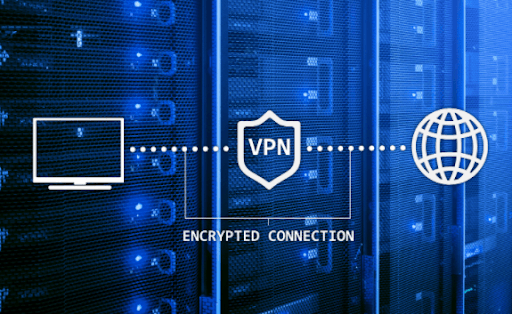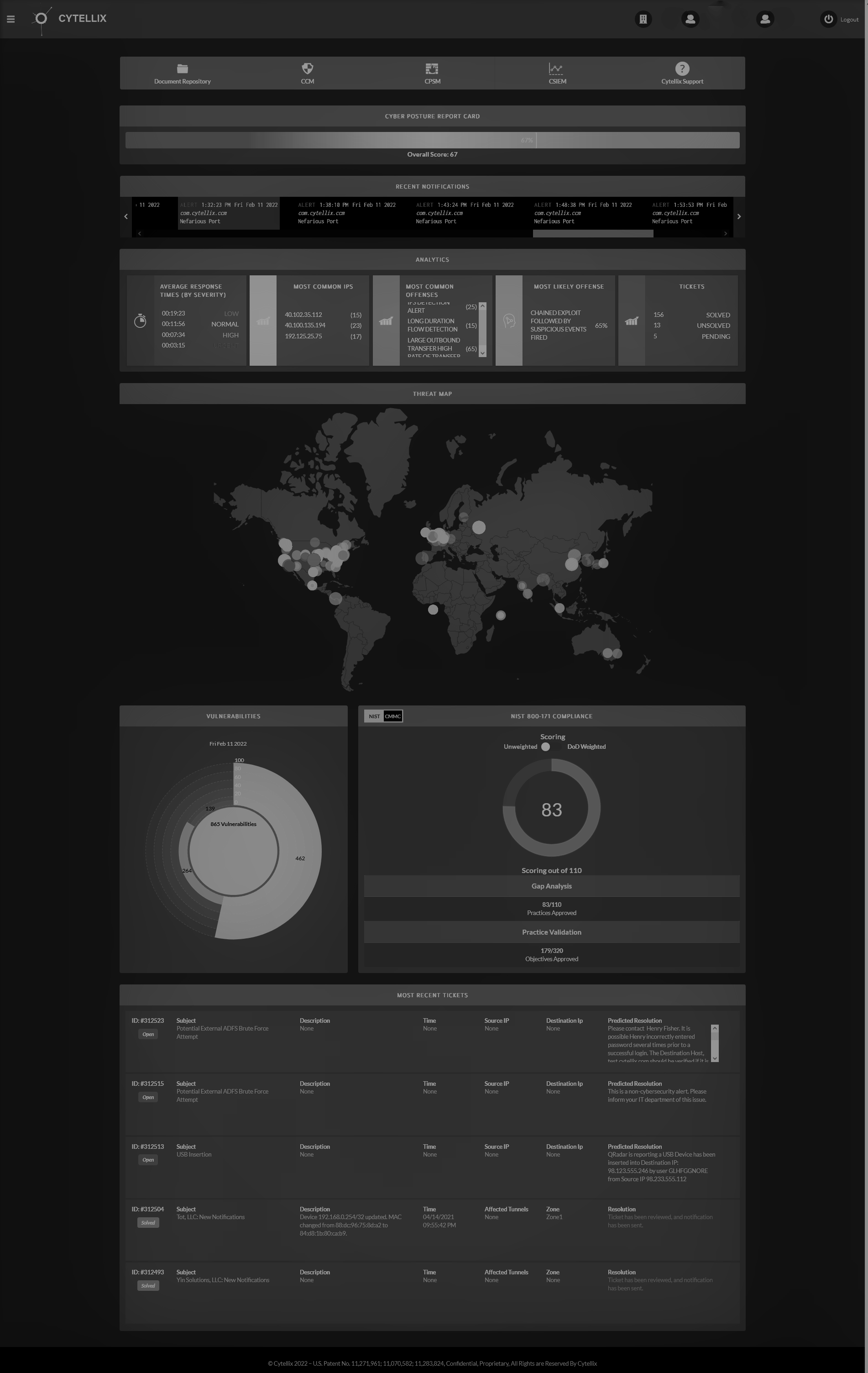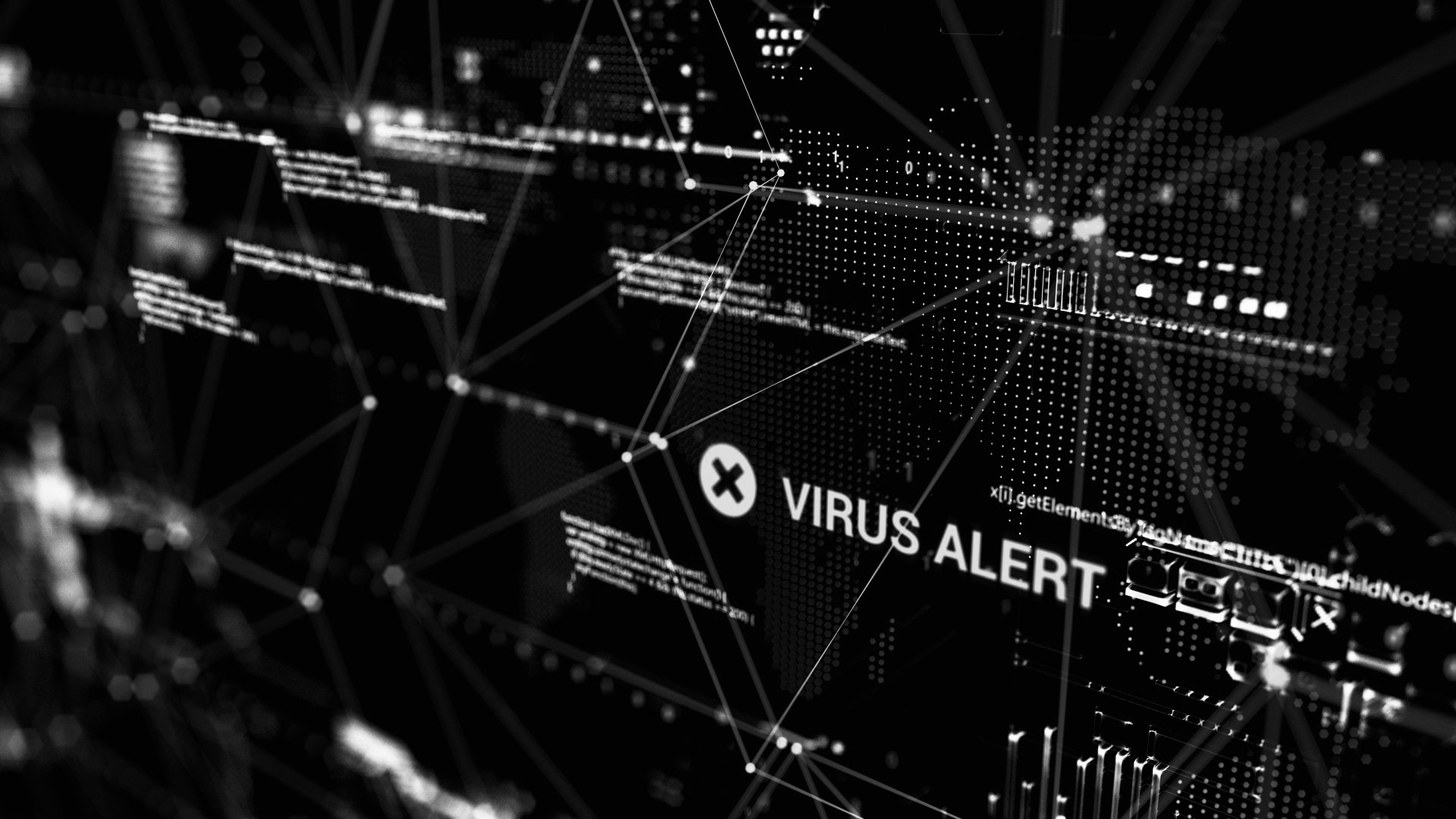With Increased "Work From Home" Employees, How Can Companies Improve Cybersecurity?

The COVID-19 pandemic made work environments change in almost an instant. Offices were forced to close down to keep employees safe and socially distanced. For many companies, a large number of employees are still working from home, at least part-time. Some businesses even chose to become permanently remote to save on overhead costs. While working from home is more convenient for employees, it can spell trouble for maintaining proper cybersecurity hygiene as a whole. Think about it; each employee is working from their own networks, in different areas of the state, country, or world, and networks and user behavior cannot be as meticulously analyzed as it could when all processes were happening under one roof. Cybersecurity is more important than ever to avoid data leaks, system breaches, and other cybercrimes. Here are a few ways you can improve your cybersecurity for employees working from home.
Insist that all work be done from company devices that are equipped with a VPN
The most important tip that we can give you when it comes to protecting your company's information is to ensure that all remote employees are working only from company-provided devices. There is no reason to overlap personal and work tasks on phones, tablets, or laptops. That being said, it is your responsibility to provide these devices and enforce that they are to be used only for work. Make sure you are an administrator on all devices so you have access to settings that you don't want to be changed. In addition, you want to install a VPN (Virtual Private Network) on all computers or laptops. A VPN provides a secure and dedicated communication path for the laptop to work under, preventing hackers from accessing sensitive information or tracking the device. Make sure to invest in a solid VPN provider that is secure and well-trusted. Cybercriminals are crafty, so you want a VPN service that can stand the test of time.
Encrypt all devices to protect data
Before you give each remote employee a device equipped with a VPN, you should encrypt all data on it. Encryption translates plain text data into code that only those with authorization can translate back. Sensitive data should be encrypted from everyone except the highest-level employees, but other information can be visible to the entire company. Encryption takes standard data and morphs it into ciphertext that can only be decrypted with a permission key. This allows sensitive information to be transferred via the internet with a reduced risk of clear text view from cybercriminals. There are several types of encryption to choose from, so pick the one that will protect the data of your business. Encryption is particularly important for businesses that store client information such as hospitals, banks, government agencies, and more.
Require multi-factor verification/login
Another way companies are protecting data is by requiring multi-factor verification. Let's say a remote employee wants to access the database of customer records from home. Firstly, that should be encrypted. If that employee has permission to decrypt data, you should still require at least two other sign-in methods. You can have your multi-verification set up to lock after so many failed attempts. Not only will this deter hackers, but it will also alert the leaders of the company when a cyberattack is attempted. With the technology available to us, we can create all kinds of verification processes that require several passcodes/pins, SMS verification, email confirmation, and more. The more walls you put between the outside world and your important data, the safer working from home will become.
Be selective with which employees can access sensitive data
If you're like most companies, you have a hierarchy of employees. When you work in-person, there are some tasks and meetings that can only be done by high-level workers. You should keep this same mentality when you make the transition to remote working. Give your senior employees access to the more sensitive information while barring other team members from it. Basically, if a worker doesn't need the information to complete their daily tasks, they shouldn't be privy to it. Provide access only to data that is relevant to each department to prevent potential problems. The more people that can get into secret files, the more points of entry cyber criminals can try to get through. Keep the hand close to your chest as they say.
Install anti-virus software or custom cybersecurity solutions on all devices
Finally, you need to ensure that any and all company devices have a solid antivirus program installed. Better yet, get a customized cybersecurity solution that provides complete cyber awareness. Cytellix has worked with hundreds of companies, including some top government agencies that require the utmost digital protection. Our team can create cybersecurity solutions that meet your exact needs and allows the business leaders to keep an eye on all goings-on, even when employees work from home. Our Cytellix Cyber Watch Portal gives you a 360-degree look at the entirety of your business. You can spot weaknesses in your security, identify problems before they arise, and instantly implement solutions. No other cybersecurity specialist offers an all-in-one platform as we do. With all of your employees working from home, it's more important now than ever to continuously monitor your network, systems, processes, and data. When you work with Cytellix cybersecurity experts, you get top-of-the-line software that is leaps and bounds above other affordable solutions. When you work with the best, you get the best.
As you can see, there are many steps you can take to protect your business and clients as your team works from home. For the highest-level protection, work with cybersecurity experts like Cytellix to get customized solutions designed and implemented just for you. Cytellix has expert capabilities in cybersecurity technology, risk management frameworks (RMF, NIST, CMMC, GDPR, FFIEC, ISO) and provides a complete visibility platform that supports: DoD customers, DIB Customers, DoD Supply Chain, and other highly regulated industries (Finance, Automotive, Utilities, State and Local Government). Our technology stack includes SIEM as Service, 24x7 SOC, Vulnerability Management, Real-time continuous cyber monitoring, Firewall Management, and threat hunting and threat correlation. Call (949) 215-8889 to speak with our team today and learn more at
https://cytellix.com/.
The post With Increasing Occurrences of Virtual Employees, How Can Companies Improve Cybersecurity? appeared first on Cytellix.













